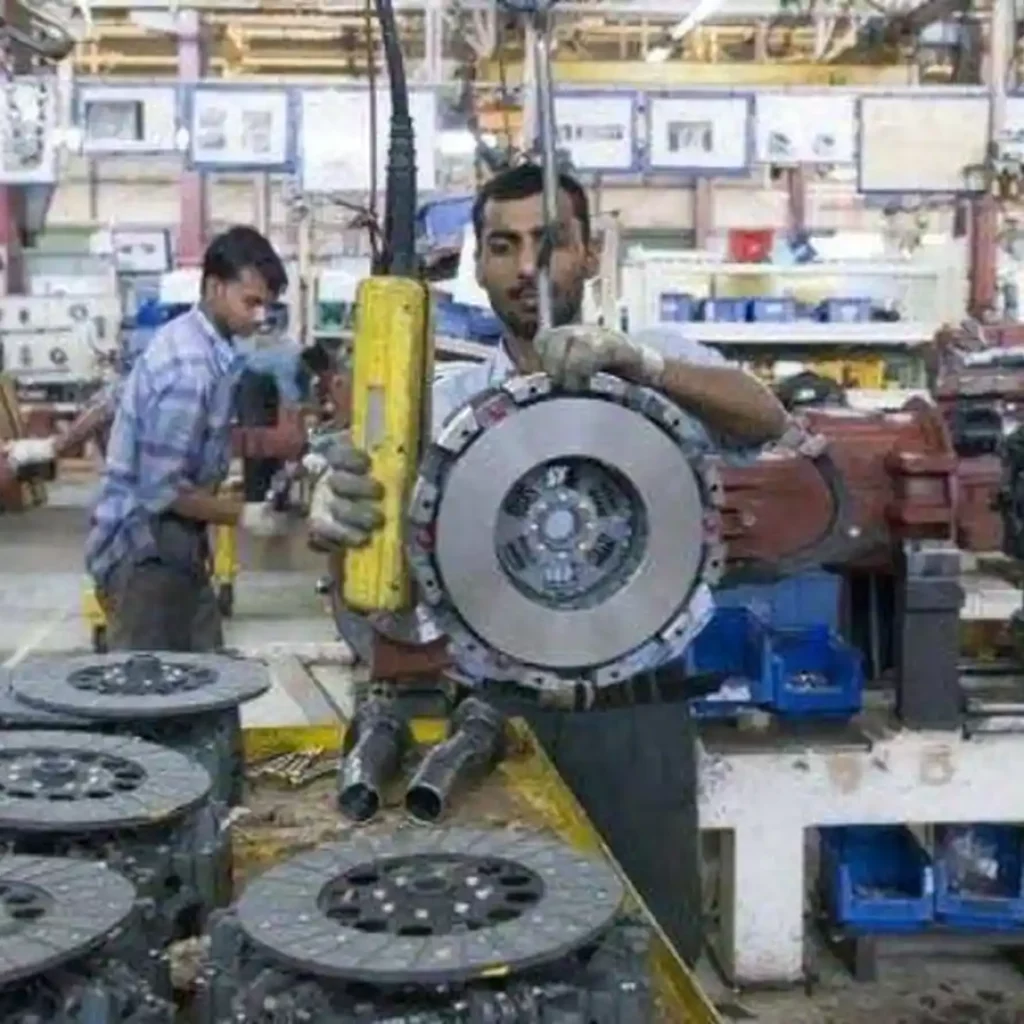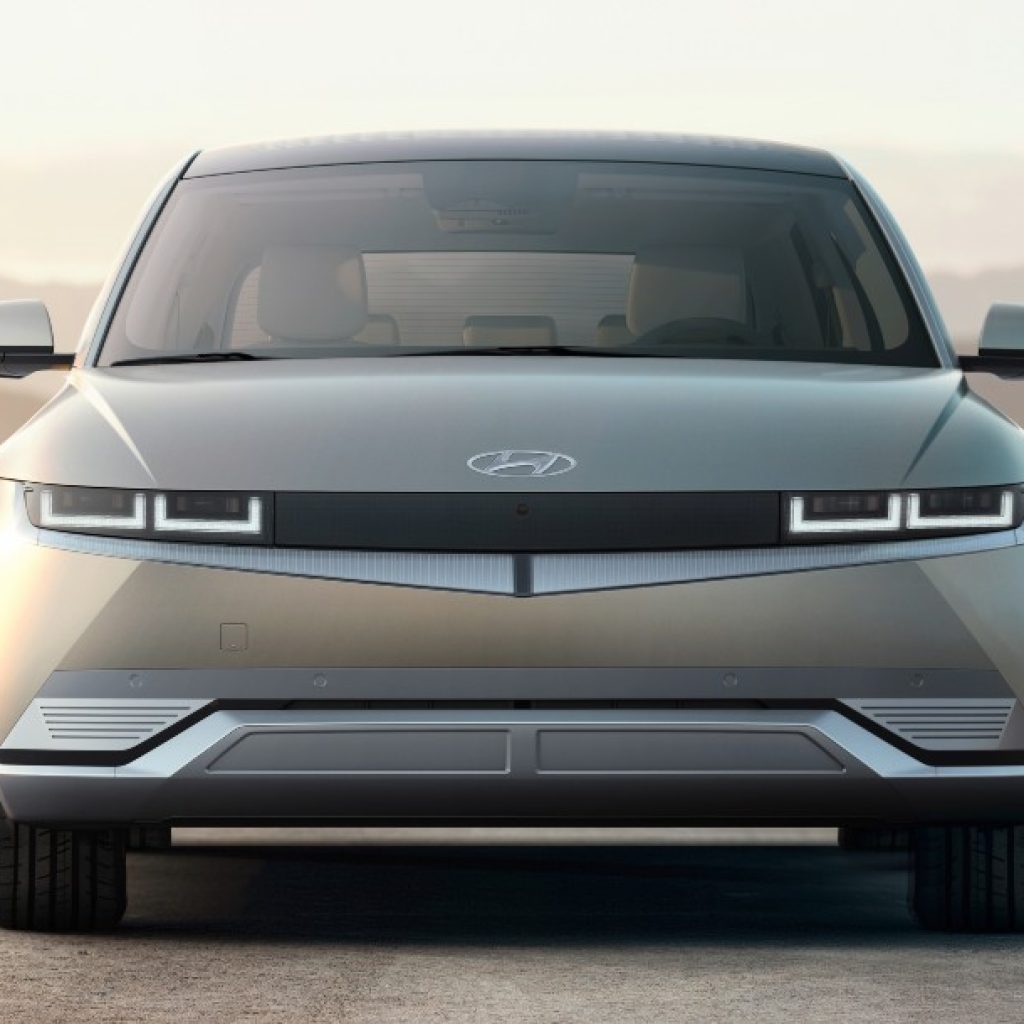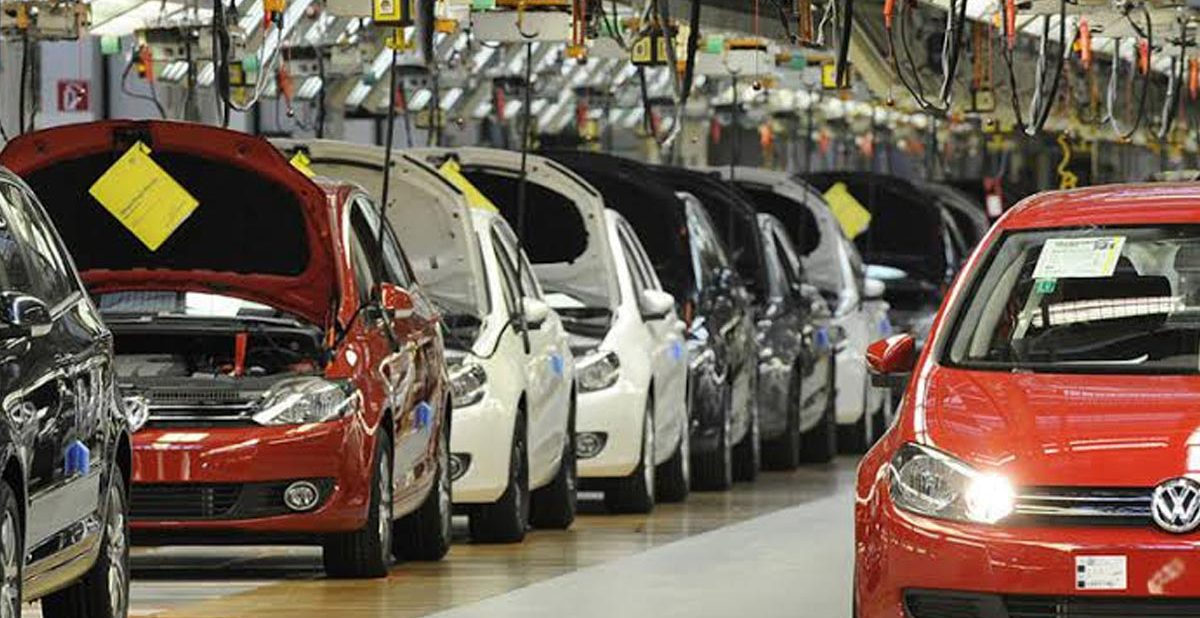The Indian automotive industry’s effects on employment and GDP
The Gross Domestic Product (GDP) and employment are both significantly impacted by the Indian automotive industry, which is a key economic sector. The industry has seen remarkable growth in recent years due to the expansion of the middle class and the rising demand for personal vehicles. The push by the government for electric mobility and rising environmental consciousness have also contributed to the shift toward electric and hybrid vehicles. Despite the pandemic’s setbacks, the automotive sector has experienced a significant comeback thanks to resurgent demand and better component availability.
However, difficulties still exist, such as the effect of global inflation on consumer spending and worries about the infrastructure and safety of electric vehicles (EVs). Trends in Consumer Behavior in the Automotive Sector Vehicle sales are at an all-time high. Consumer trends in the automobile sector remain positive.

Rationalization of GST in the automotive sector
Indian automobile industry’s development and the need for GST rationalization The rise of electric vehicles (EVs) and consumer preferences for safety and convenience have both contributed to the Indian automotive industry’s tremendous growth potential. It is critical to address the industry’s challenges, particularly those related to the Goods and Services Tax (GST) regime, to further support this growth. EVs are currently subject to a 5% GST, while the tax rate on their parts is either 18% or 28%. This results in higher maintenance costs and overall costs for the vehicle. The government may decide to lower the GST on EV parts in order to address this problem, which would lower overall costs and increase affordability.
The demand for a better charging infrastructure is being driven by the increase in EVs. The FAME II policy provides subsidies for EV chargers, but the high cost of land and power for the required supporting infrastructure is the reason for the slow rate of development. According to a study, 33% of consumers want dedicated EV service stations with amenities. Updating the subsidy to accommodate these demands is essential to encourage the construction of public charging stations and propel EV adoption. The FAME policy is also only in effect until March 2024. It would aid in addressing problems with high initial costs, expensive battery replacements, and low resale values.

The Future of Electric Vehicles: The Need for a Clear Push
India is not an exception to the global trend of electric vehicle (EV) adoption. To address the issues the industry is facing, it is necessary to maintain the growth of EVs in the nation. Refurbishing, reusing, and recycling batteries. The price of the battery is one of the major issues that the EV industry must deal with. Promoting battery refurbishment, reuse (second life), and recycling requires a clear push to overcome this obstacle. The battery-changing policy is a medium- to long-term strategy to reduce the price. Instead of providing immediate subsidies, the government should concentrate on tax breaks, “green credits” for recycling or reusing EV batteries.
Also Read: Grab Holdings Promotes Philipp Kandal to Chief Product Officer
It has been requested that the announcement of EV lending as a priority sector consider the emergence of new business models like battery subscriptions and battery as a service. As a result, more people will switch to EVs, fostering the industry’s expansion. EVs and Li-ion battery packs are exempt from the GST In India, the GST on electric vehicles has been reduced from 12% to 5%. Reduction in import taxes for materials used in India to make lithium-ion batteries will drive down costs and increase demand. India imports 70% of its lithium-ion battery requirements, so a reduction in import taxes is a good thing. Batteries made in India will lessen reliance on imports and aid in expanding the local manufacturing sector.
The future of EVs in India appears bright. The government needs to concentrate on developing an environment that fosters the expansion of electric vehicles. Encouraging battery refurbishment, reuse, and recycling, designating EV lending as a priority sector, and lowering import taxes for lithium-ion batteries. These steps will not only lower the cost and increase accessibility of EVs. But they will also enable India to catch up to the rest of the world in terms of e-mobility.
The importance of driving safety in the Indian automobile industry
Consumers in India are willing to spend money on automobiles that adhere to these standards, which is changing the automotive industry. Having a production-linked incentive (PLI) plan is necessary to avoid unexpected cost increases. Auto and Auto Components PLI has seen lot of interest. Which is currently in its first year. This strategy aims to boost Indian auto component production from 20% to 50% locally by providing incentives. The real advantages of this plan, however, won’t become apparent until it expands in scope, and it’s unclear how many OEMs will be able to reach the required threshold sales in the first year.
Also Read: Gmail Founder on Google & ChatGPT’s Future
The localization of battery packs and BMS/sensor assemblies, which make up 40–60% of a vehicle’s cost, is necessary if the goal of 50% localization is to be met. It is crucial to address both R&D capacity and investments given the speed of technological advancement in the automotive sector. To provide best-in-class products to the Indian consumer at fair prices. Businesses and the government must commit to these long-term changes.
The sector anticipates several measures to encourage its development in the upcoming Union Budget 2023. The government’s assistance and policies will be essential in removing the barriers to this growth. This entails putting new policies into place to promote EV use as well as improving current policies. The government’s support is crucial to making driving safety a reality in the Indian automobile industry. The auto industry can continue to expand and provide consumers with the best cars at reasonable price.

















